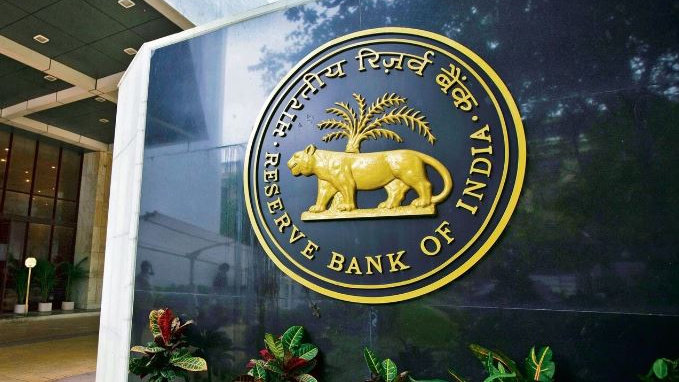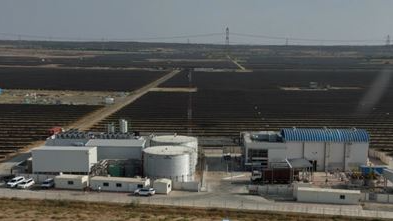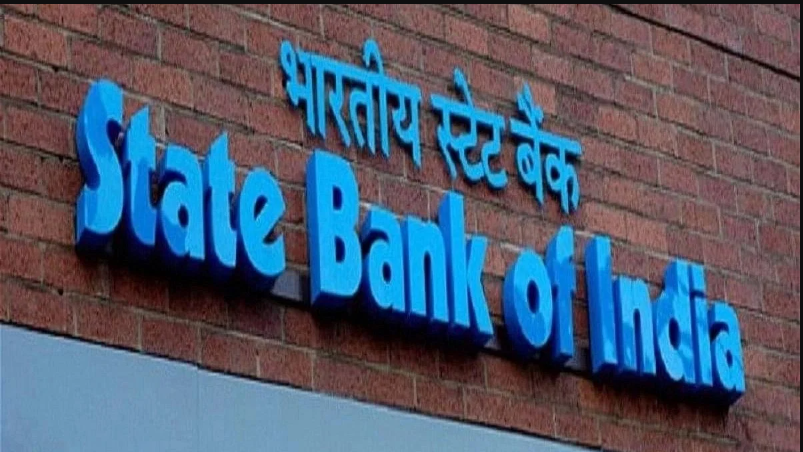New Delhi, May 17: The Reserve Bank of India (RBI) is expected to transfer a record surplus dividend of ₹2.7 lakh crore to ₹3 lakh crore to the central government in FY26, marking an almost 50% year-on-year increase, according to a report by SEBI-registered research firm Front Wave Research.
This anticipated payout significantly exceeds last year’s historic transfer of ₹2.1 lakh crore and is poised to influence India’s fiscal landscape and banking system liquidity in the months ahead. The official announcement is likely to be made by the end of May.
Front Wave Research attributes the expected surge in the surplus to three key factors:
Profitable forex operations:
The RBI actively managed foreign exchange market operations, buying U.S. dollars at approximately ₹83–84 and selling them at ₹84–87. These transactions yielded substantial trading gains.Higher interest income from forex reserves:
The central bank’s foreign exchange reserves, which exceed USD 600 billion, generated increased interest income due to elevated global interest rates, contributing meaningfully to the surplus.Robust domestic earnings:
On the domestic front, the RBI benefited from income via Open Market Operations (OMOs), government bond holdings, and repo transactions. These activities bolstered the central bank’s balance sheet and helped raise the surplus available for transfer.
The report further notes that once this surplus is paid and circulated into the economy, banking system liquidity could experience a sharp increase, potentially reaching ₹5.5–6 trillion—a stark turnaround from the current liquidity deficit.
"The liquidity infusion following the dividend payout could push surplus liquidity in the banking system to ₹5.5–6 trillion," the report stated.





















































